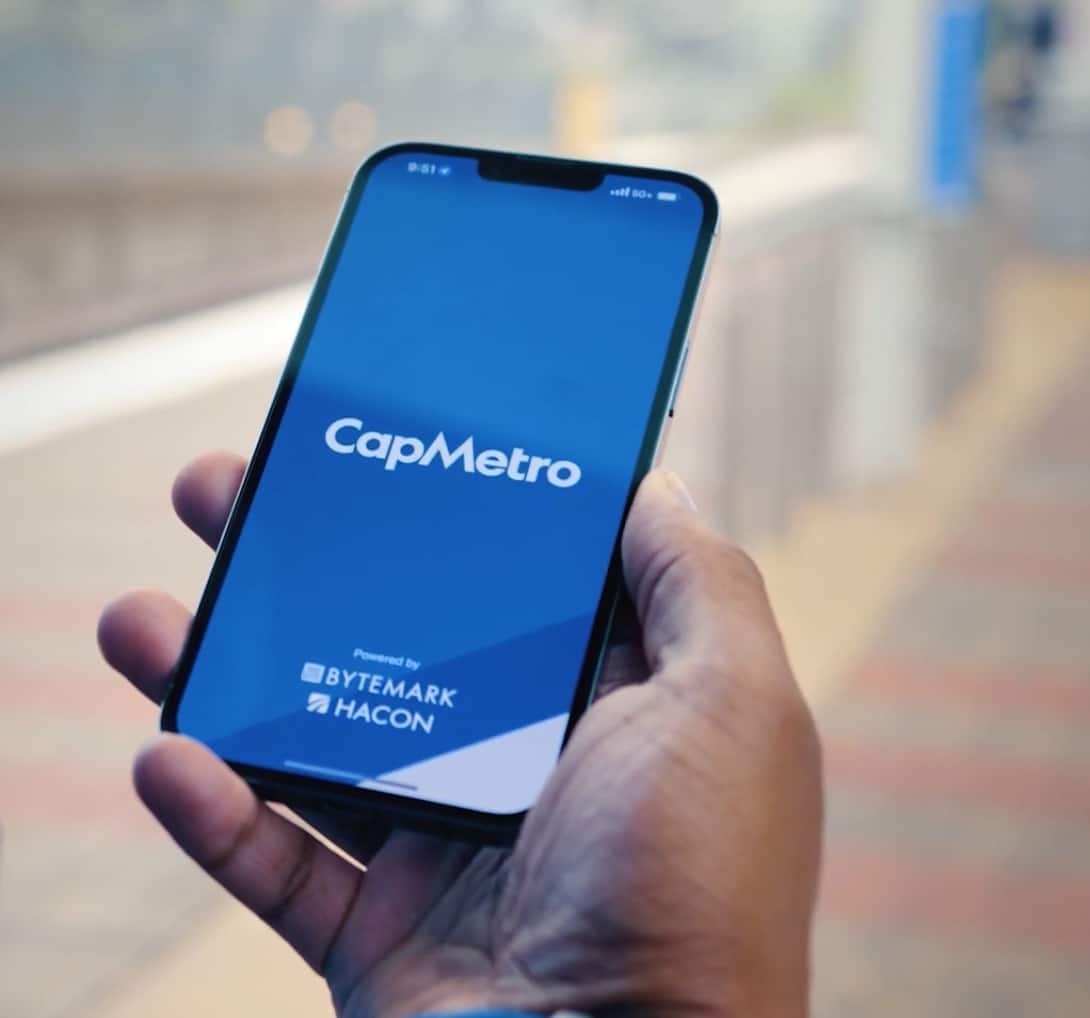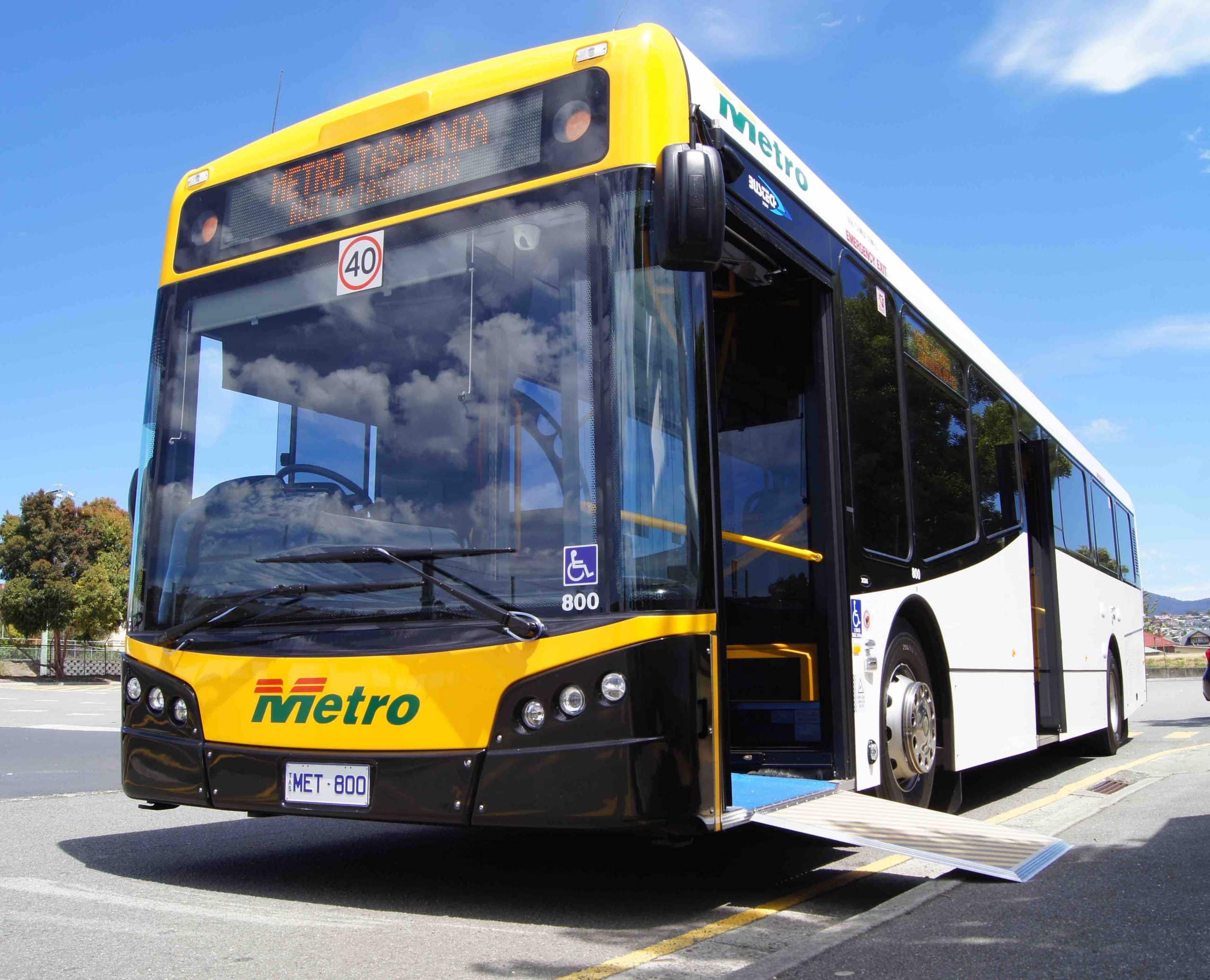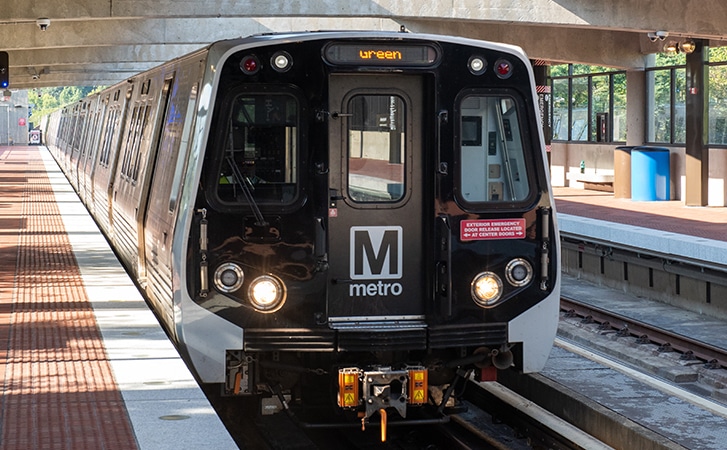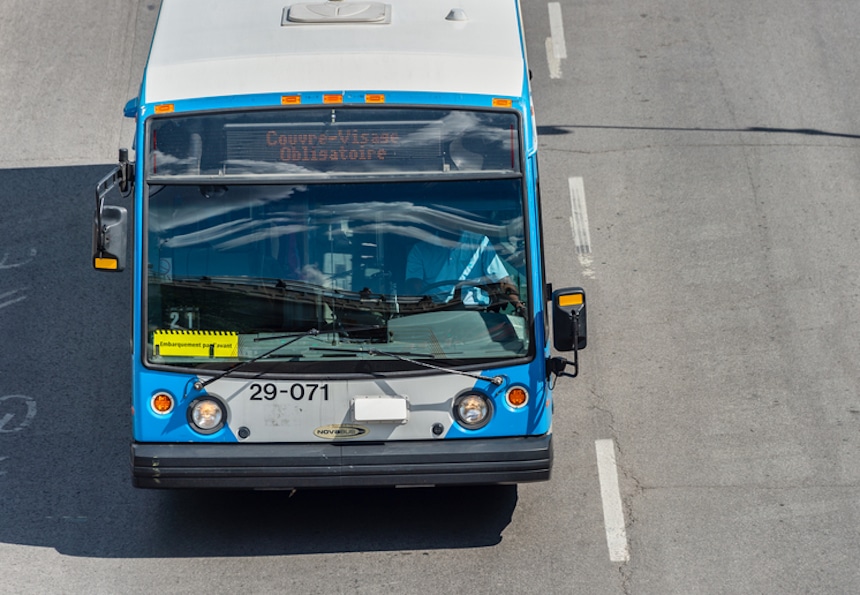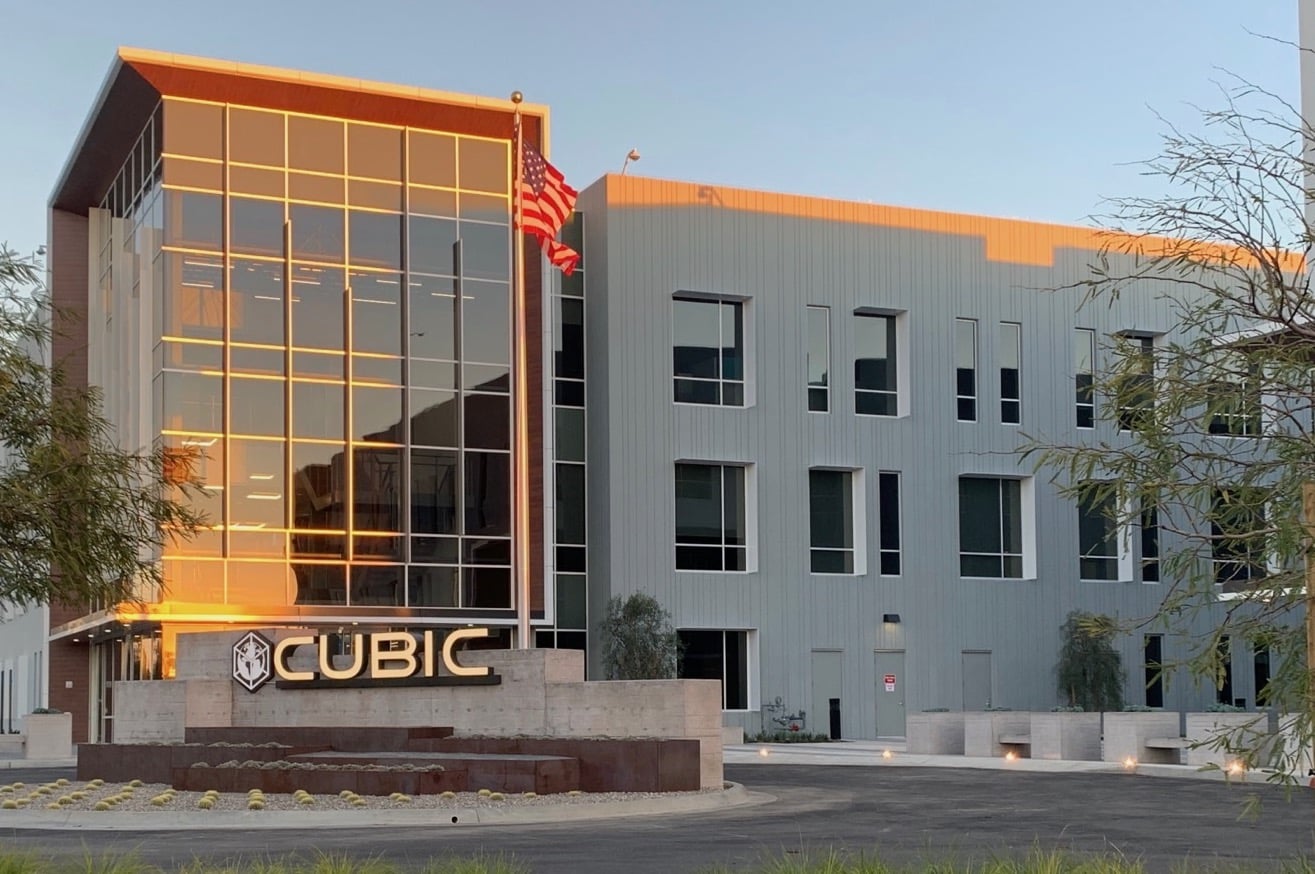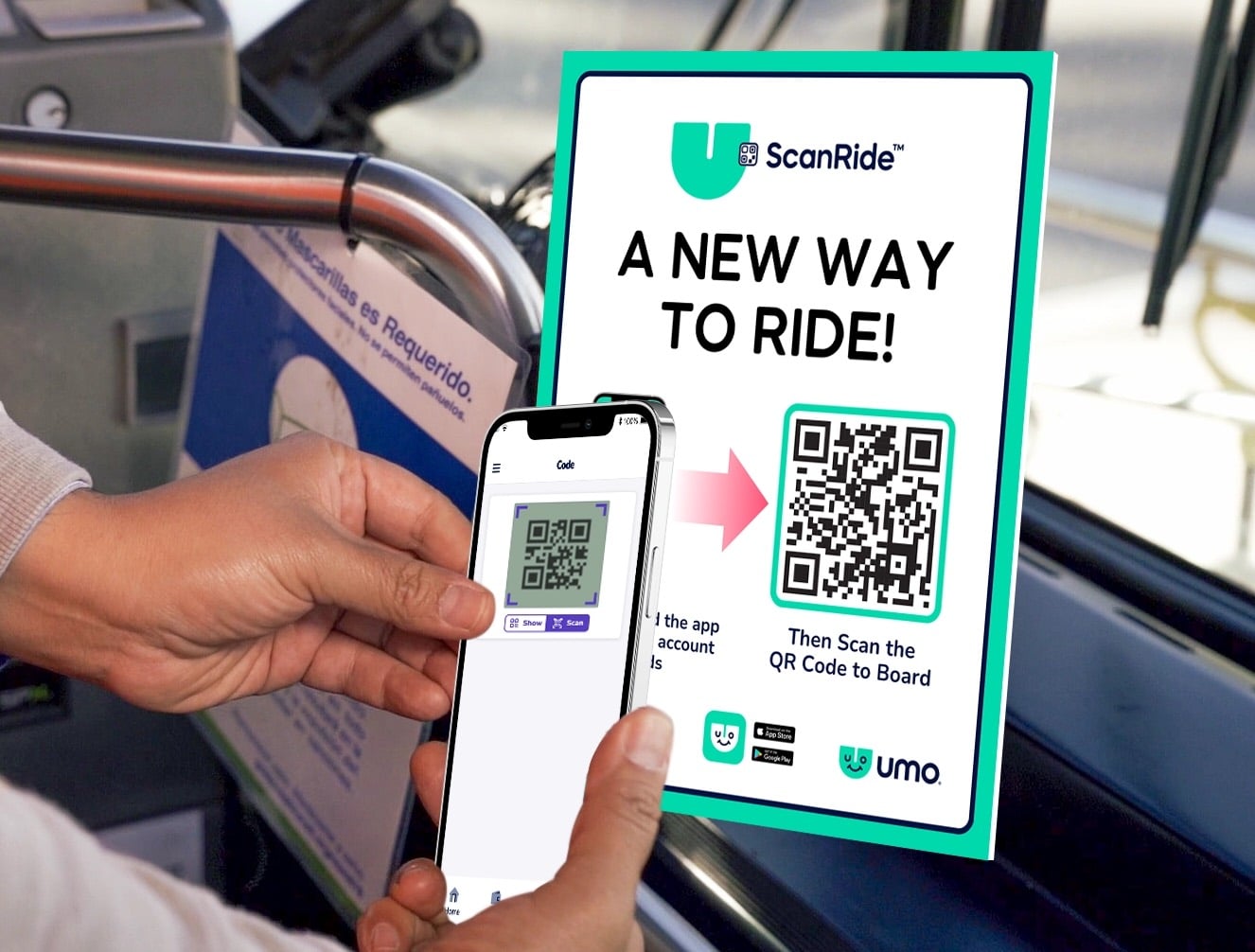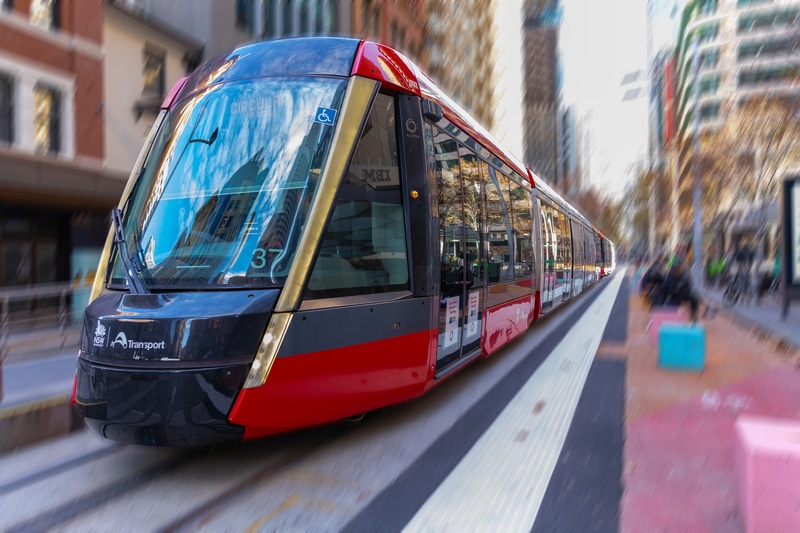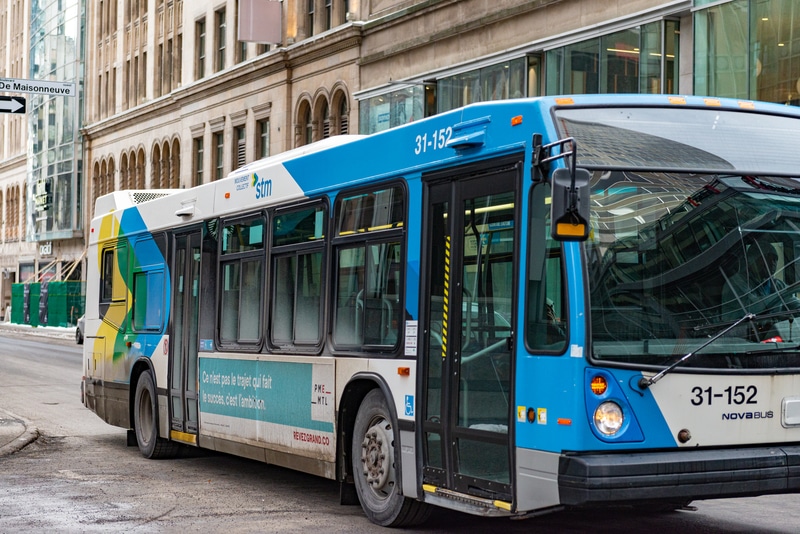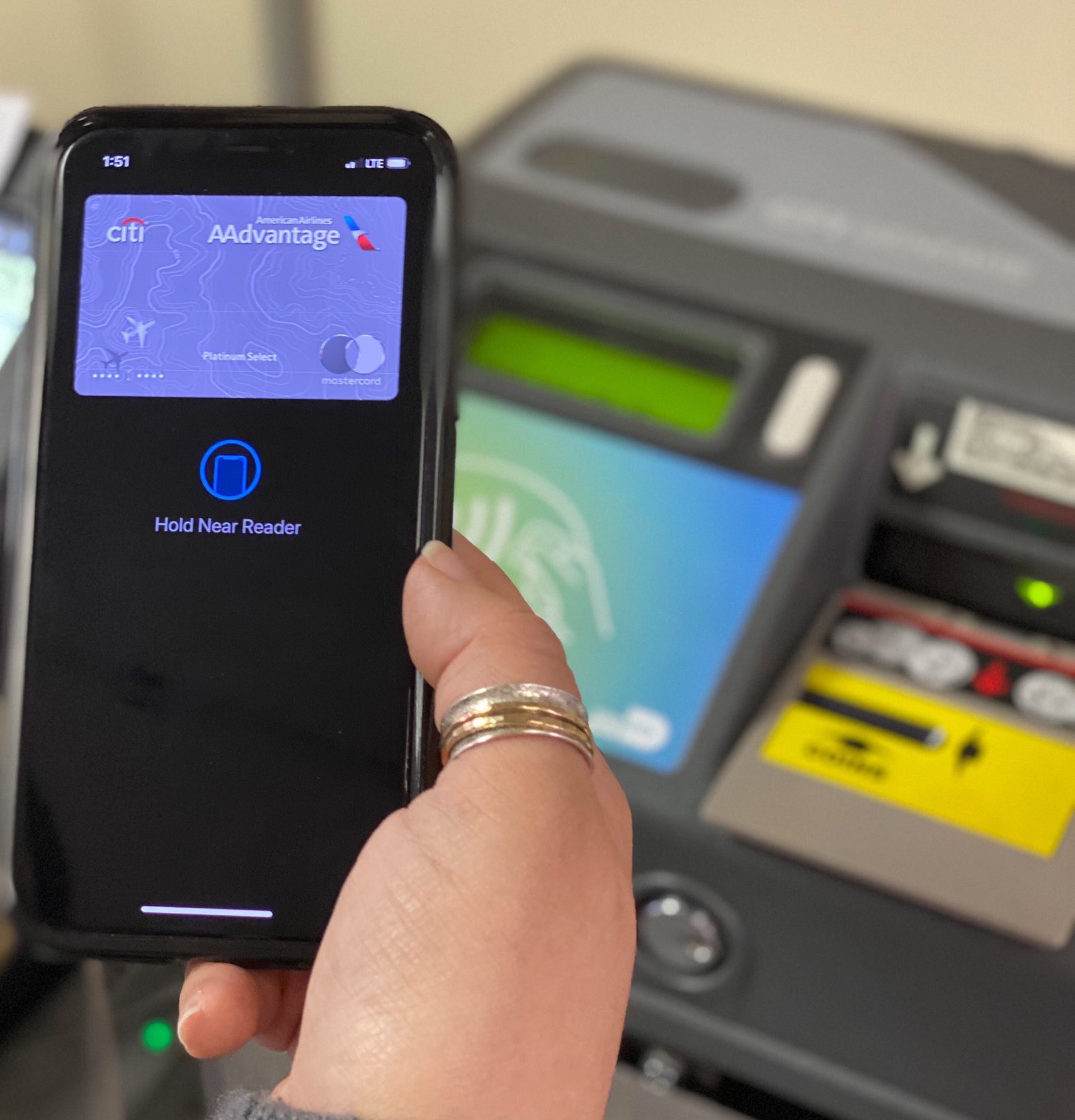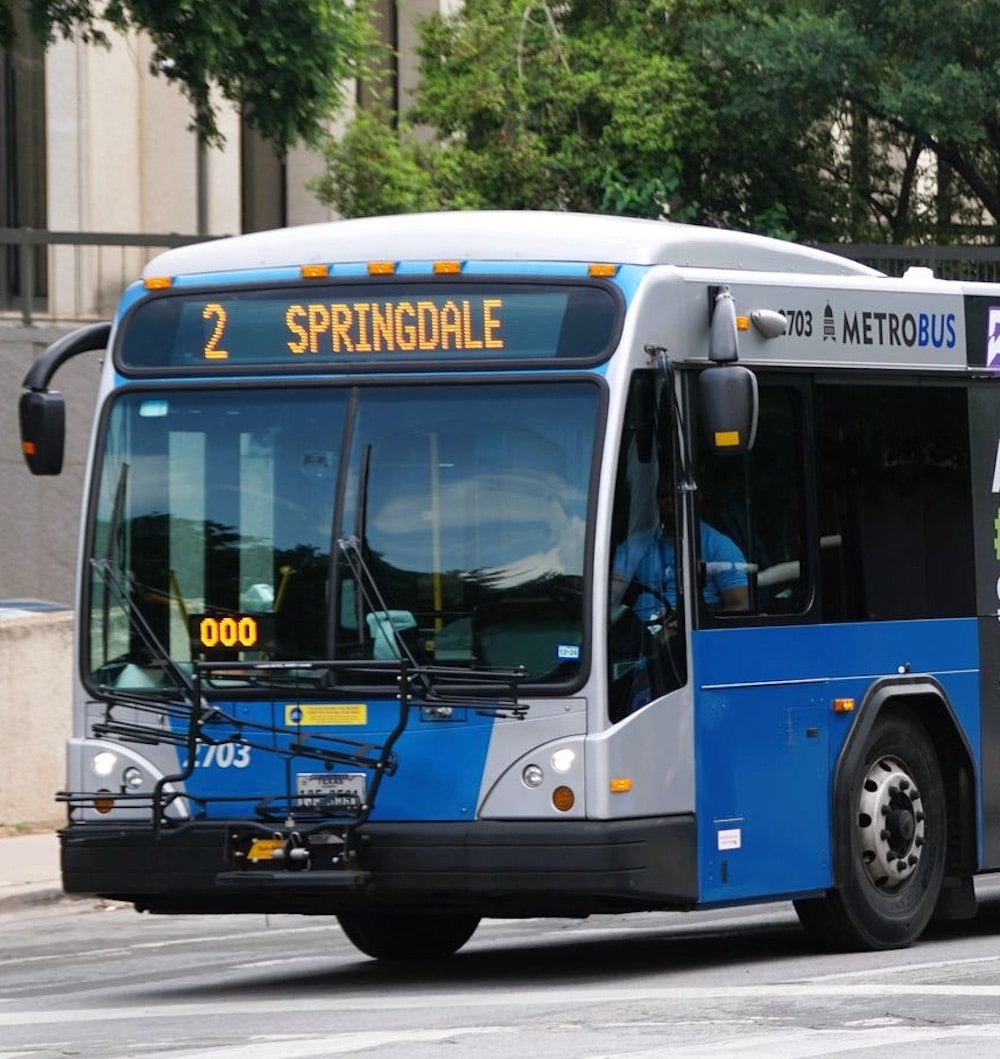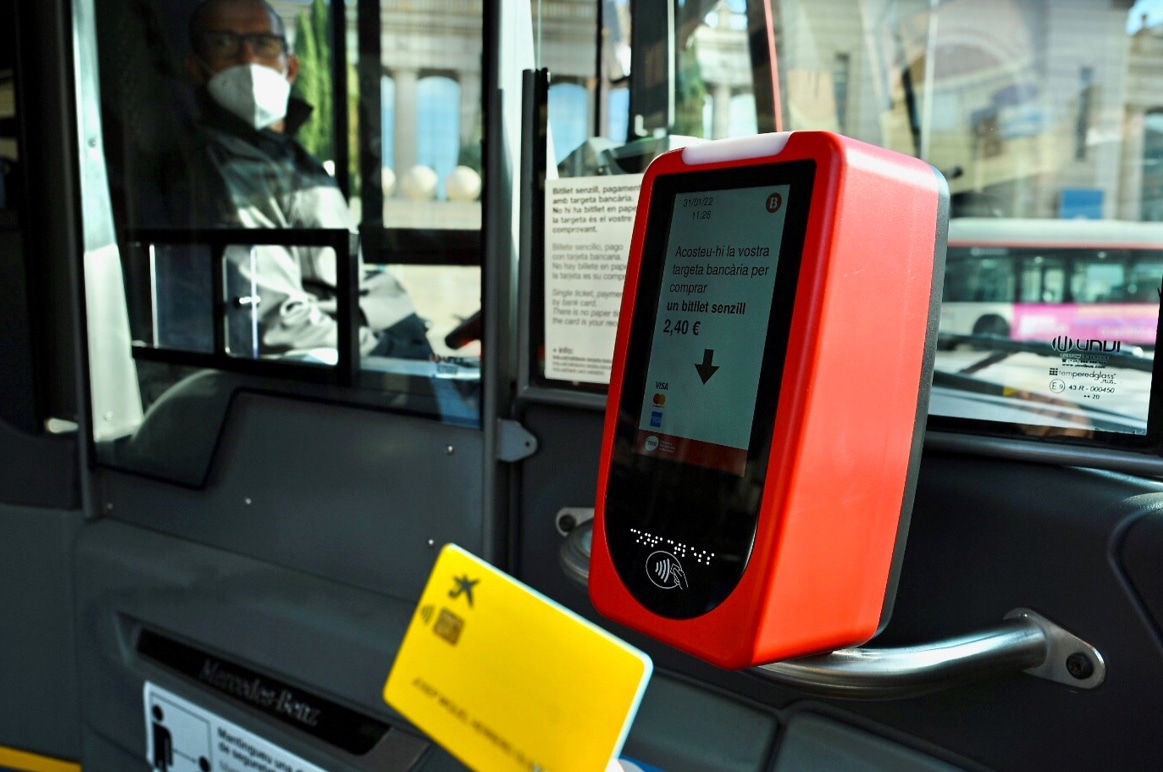
Article Highlights
In what would be the largest project of its kind, ATM in Barcelona has issued an RFP for technology to help it to quickly roll out open-loop payments across the metro, train, bus and tram networks in and around Spain’s second largest city. The agency seeks to modify its closed-loop terminals to accept bank cards by plugging in new secure-access modules, or SAMs.
The estimated €4 million (US$4.1 million) project would buy and install 15,500 “account-based ticketing secure-access modules,” or “ABT SAMs,” to support such credit and debit brands as Visa and Mastercard.
• ATM (Barcelona)
• TMB (Barcelona)
• TransLink (Vancouver)
• Planeta Informática
• OSPT Alliance
• CNA (Calypso)</a
The Metropolitan Transport Authority, or ATM, in Barcelona has issued a request for proposal for technology to help it to quickly roll out open-loop payments across the metro, train, bus and tram networks in and around Spain’s second largest city.







